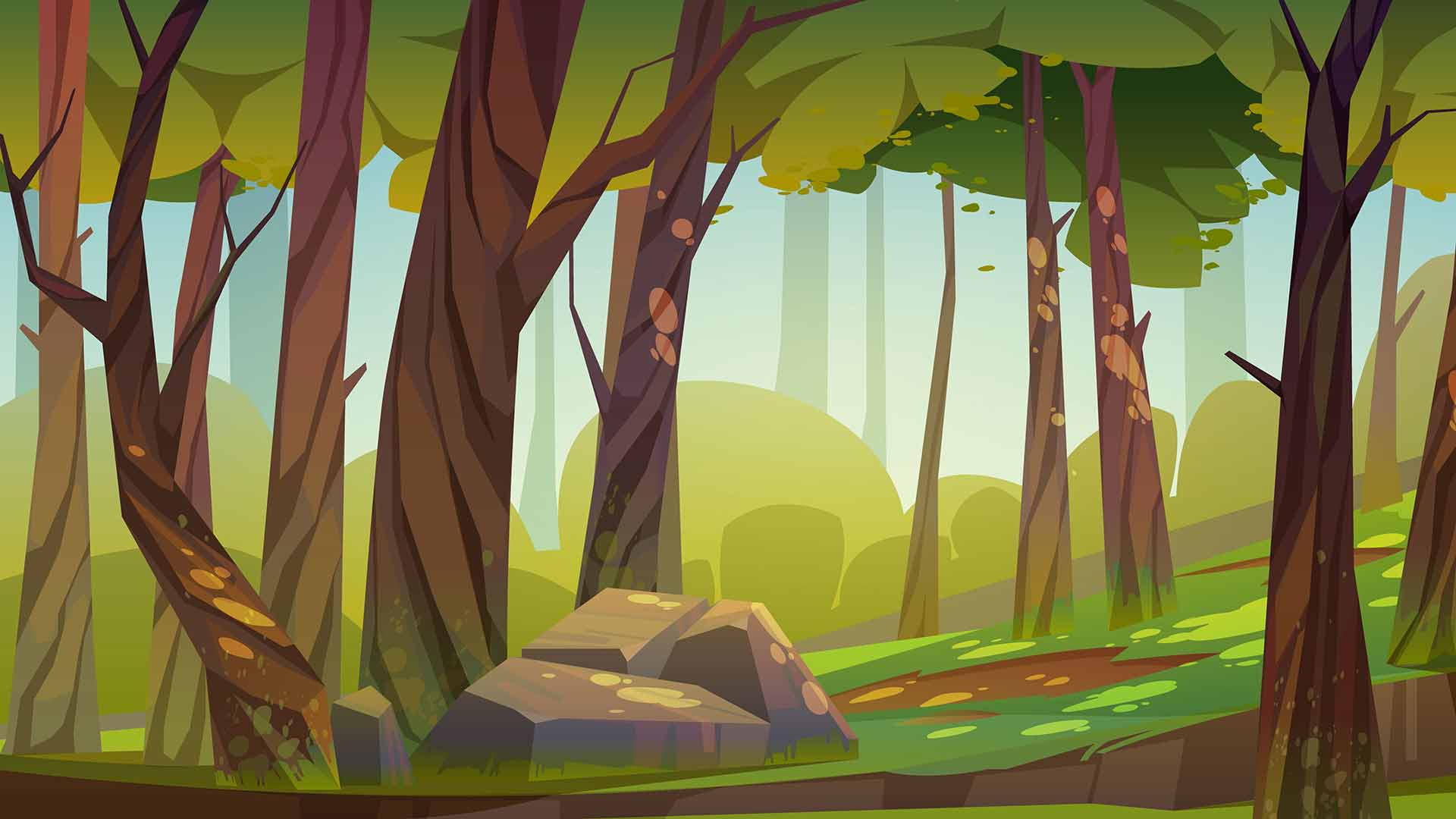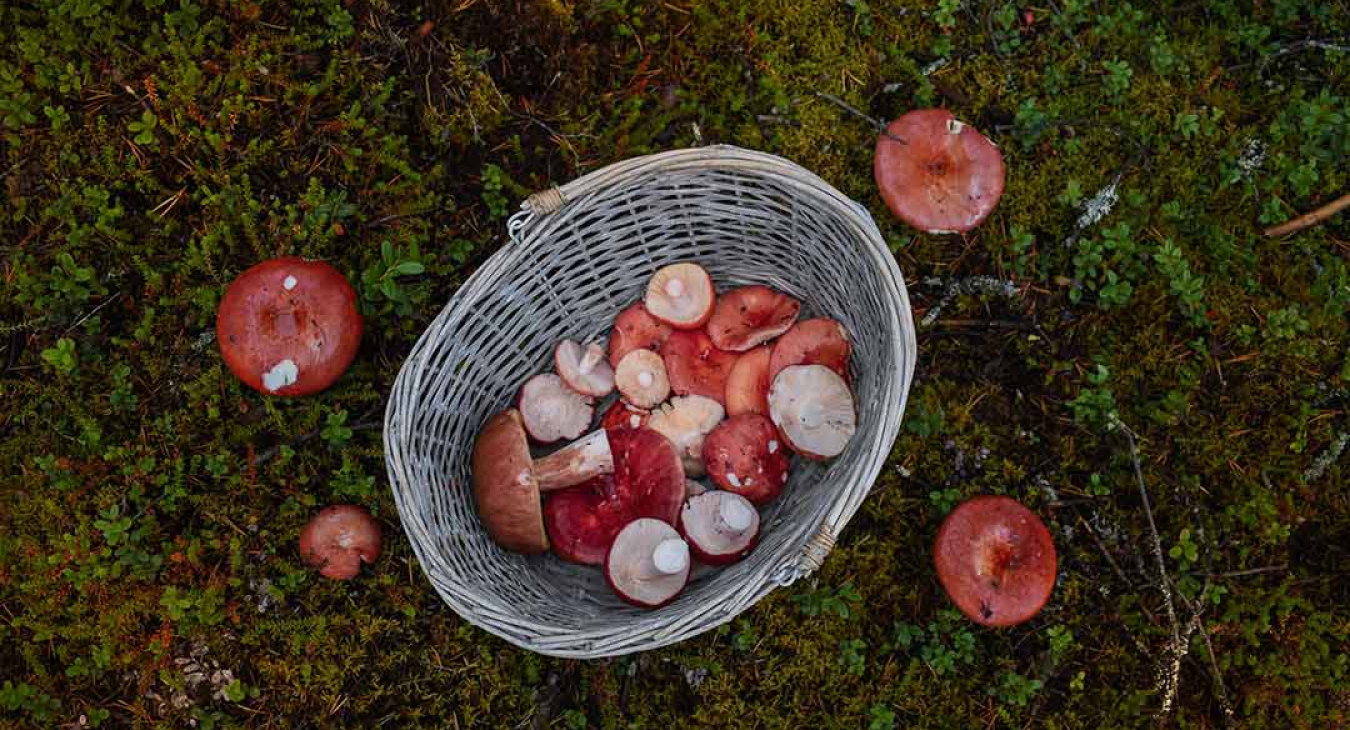Teaching Children To Forage Safely
Research has found that if children learn about food when they are young, they are more likely to make healthy choices as they grow up. Foraging is a great way to discover where our food comes from and how it grows. It is also a wonderful way of spending time together out in nature. It is important however if you are foraging with your little one, to make sure that they understand what is safe to pick and what should be left alone. The hedgerows and trees are full of an abundance of delicious things to eat, but not everything is good for us. There are many types of berries that are poisonous, and many species of mushroom that can make you extremely unwell. When you are teaching your child to forage, help them identify the safe foods, and make sure that nothing gets eaten unless you have identified it together.
Establishing ground rules
One of the things that parents often tell their children is never to eat anything they have found on the floor. A similar rule applies to foraging with children. They should never eat anything unless you have identified it together and are 100% certain that it is edible, and everything that you have picked to eat must be washed beforehand to remove any dirt and germs. Once you are sure that the food that has been picked is safe, spend some time together creating a meal using your natural goodies. Leaves, fruits, and vegetables are perfect if you are following a healthy diet with your family. They are packed with nutrients and vitamins, and the fruits have a natural source of sugar with nothing artificial. Foraged berries and nuts like blackberries and hazelnuts also make great lunch box snacks.
Identifying good and bad
When you are identifying your foraged food, it is important not just to show children what they can eat, but also what must be avoided. Try picking different sorts of apples. The sweet ones are delicious to eat straight away, but there are also crab apples that are incredibly sour and will give you a stomach ache. The color of berries may be enticing, but that doesn’t mean that they are good to eat. Make sure that you point out common hedgerow berries that should always be avoided, such as Black Bryony and the Cuckoo Pint (also known as Lords and Ladies), which are poisonous.
A word on mushrooms
When you are foraging with children, it is best to avoid mushrooms altogether - leave these for the more experienced foragers. There are so many species of mushroom that look similar - some may be edible, but others are poisonous and can even be fatal if eaten. Some mushrooms are fine to be eaten in the first few days after they have emerged, but are then toxic once they turn brown. Don’t take the risk with mushrooms when you are foraging with children, just leave them growing.
Foraging for food is a lovely way to show children how fruits, vegetables, and plants grow. You can learn about nature and encourage them to try new foods and recipes.


